There can be your advertisement
300x150
Lighting in Apartment: 5 Rules You Didn't Know About
Long gone are the days when only one chandelier was used for room lighting. Now, distributing light in space has become an art. At the same time, functionality when choosing lighting fixtures is key.
1. Local Lighting – Your Best Friend
Local light fixtures help to thoughtfully zone the room. This approach became widely used in apartment design after the trend of open-plan interiors and loft-style decor took off. Often, designers make a mistake by prioritizing aesthetic preferences over functional needs. For example, they forget to install additional lights near the bedroom area, reading spot, or dining table.
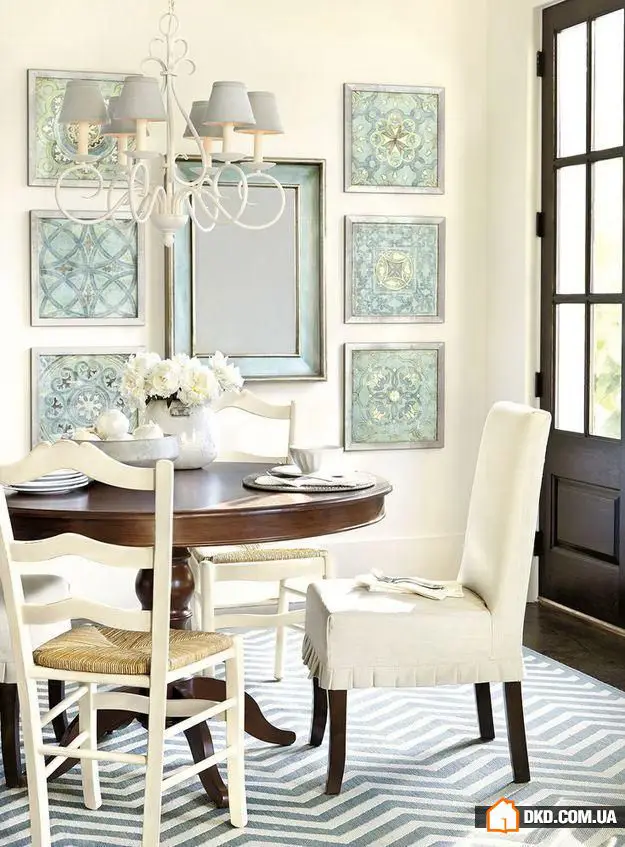
2. Multi-Level Lighting – A Must-Have
Interior of an apartment or house requires different levels of lighting. For instance, soft diffused light is ideal for a bedroom, while bright directed light works well in the living room or bathroom. Natural lighting over the kitchen work surface is suitable for a kitchen, and if that's not possible, ensure local task lighting in the work zones: use spotlights built into the kitchen cabinet's edge or mounted in its lower panel.
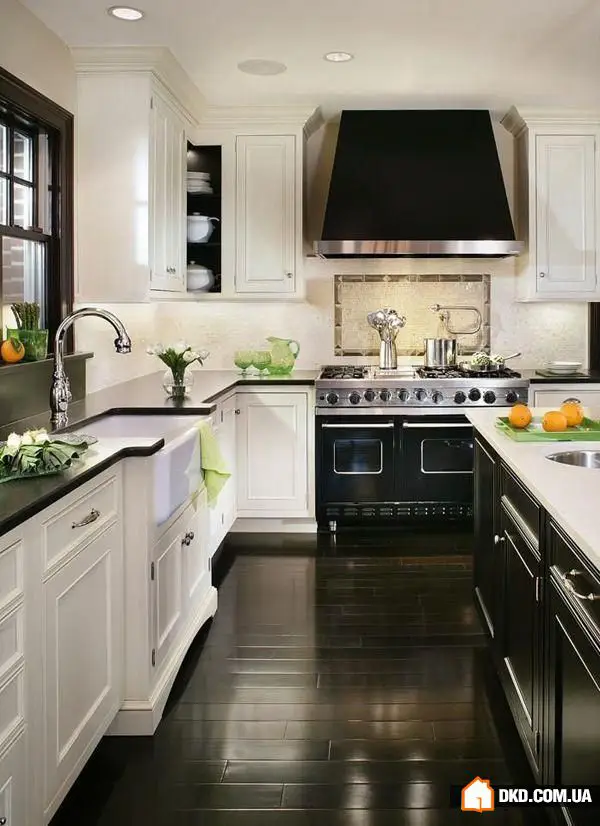
3. Light Temperatures – Each for Its Purpose
Color temperature of lamps plays a key role in interior lighting. There are three main types: warm white light (under 3300 K), natural white (3300–5000 K), and cool white (over 5000 K). The first is best suited for living rooms, bedrooms, and children's rooms. The second works well in the entrance hall or office, while the third is ideal for kitchen work zones.
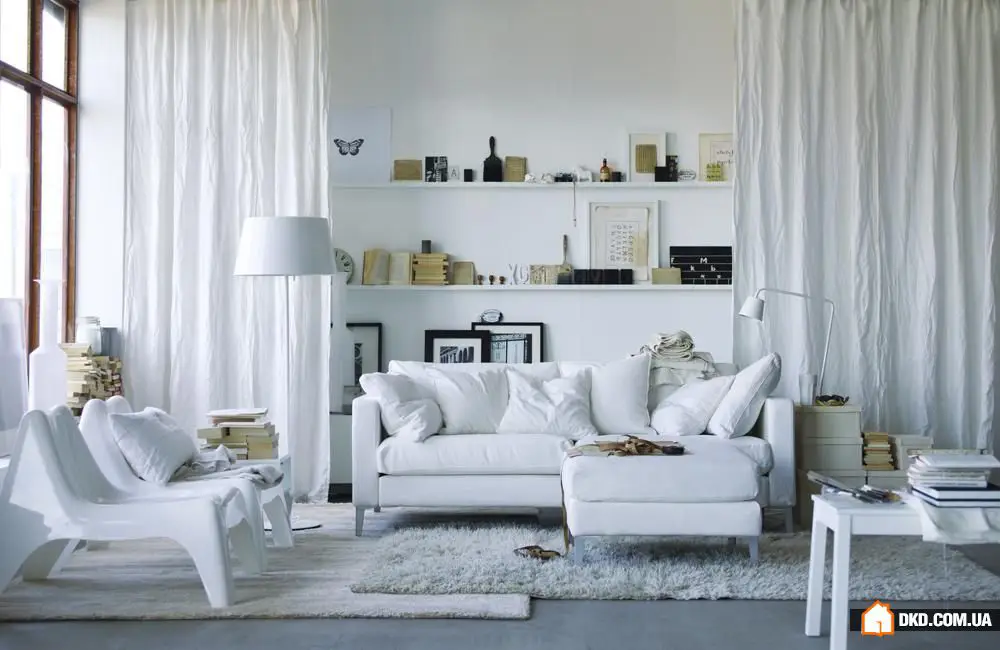
4. Energy Efficiency – The Key to Effective Lighting
According to established standards, 10 watts of lamp power is required per square meter of room. However, for modern manufacturers, the main indicator of energy-efficient lighting is light output per watt. It is expressed as Lumens per Watt.
Energy-saving lamps can help reduce electricity consumption. They deliver results of 50–90 lumens per watt, whereas incandescent bulbs only provide about 13 lumens per watt. The most efficient are high-pressure discharge lamps with a light output of up to 100 lumens per watt. However, their cost is five times higher than regular bulbs.

5. Proper Light Distribution – A Room Without Flaws
Proper light distribution can hide the imperfections of a space. Pendant chandeliers and bowl-shaped fixtures make ceilings appear higher, while lamps with shades visually lower the ceiling height. For small rooms, bright lighting combined with light-reflective materials on the ceiling and floor will visually expand the space. Point lighting and LED accent lighting visually reduce the room size, making them ideal for larger spaces.

More articles:
 How to Make a Child's Room Special: 6 Tips You Didn't Know About
How to Make a Child's Room Special: 6 Tips You Didn't Know About Repair in Practice: How to Do Cosmetic Renovation in an Apartment
Repair in Practice: How to Do Cosmetic Renovation in an Apartment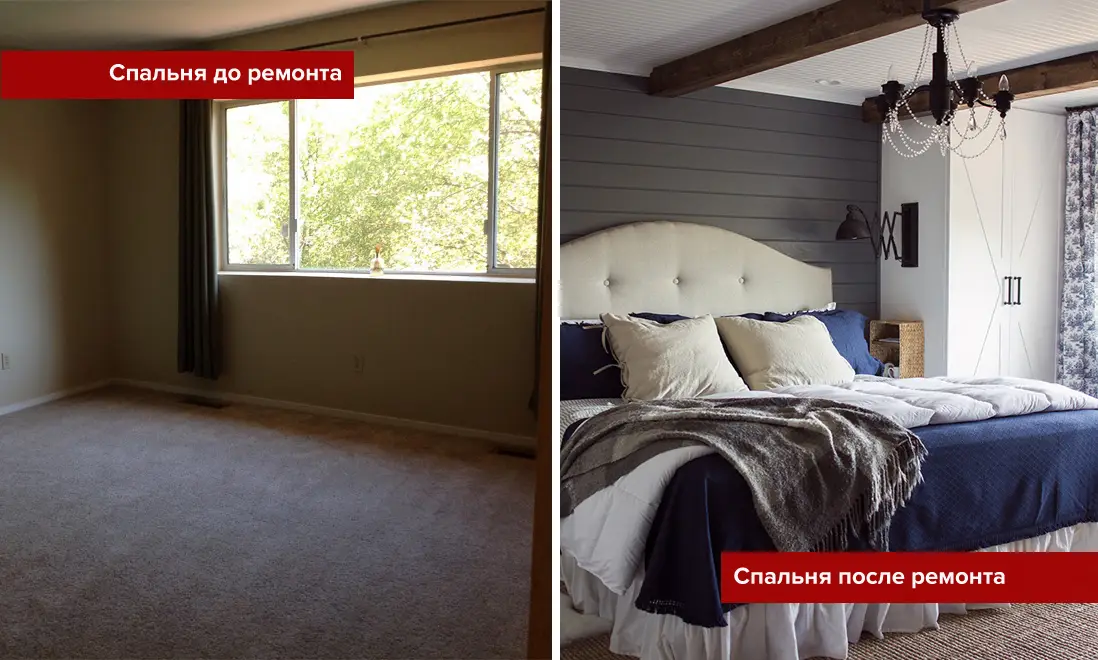 Before and After: Creating a Bedroom 'Off the Cover' by Yourself
Before and After: Creating a Bedroom 'Off the Cover' by Yourself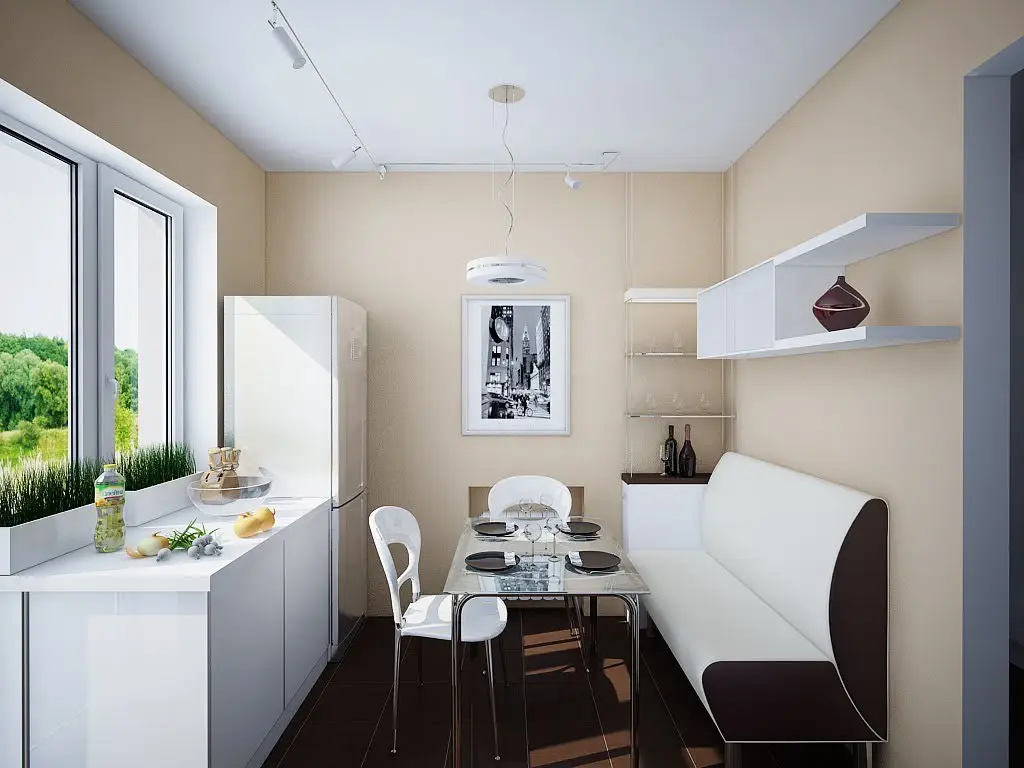 Collection of Kitchen Layouts: How to Arrange Furniture on a Small Kitchen
Collection of Kitchen Layouts: How to Arrange Furniture on a Small Kitchen How to Combine Kitchen with Living Room: Mediterranean Tone Project
How to Combine Kitchen with Living Room: Mediterranean Tone Project 15 Ideas for Compact Storage in the Bathroom
15 Ideas for Compact Storage in the Bathroom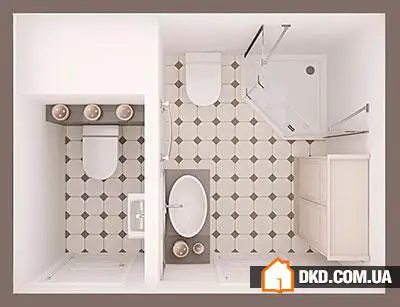 Weekly Relocation: 5 Layout Options for a Small Bathroom
Weekly Relocation: 5 Layout Options for a Small Bathroom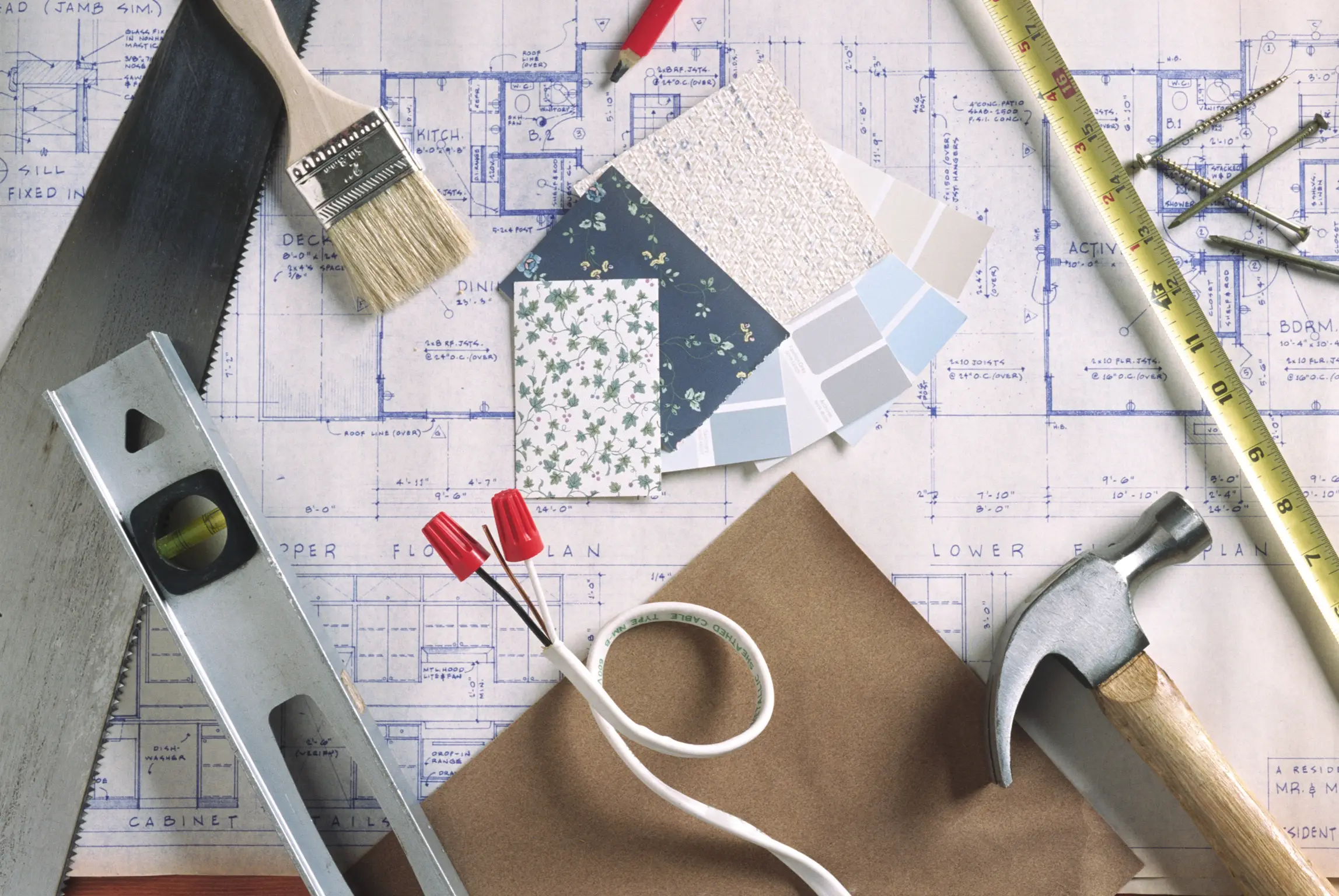 How to Create a Repair Estimate: 7 Simple Steps
How to Create a Repair Estimate: 7 Simple Steps